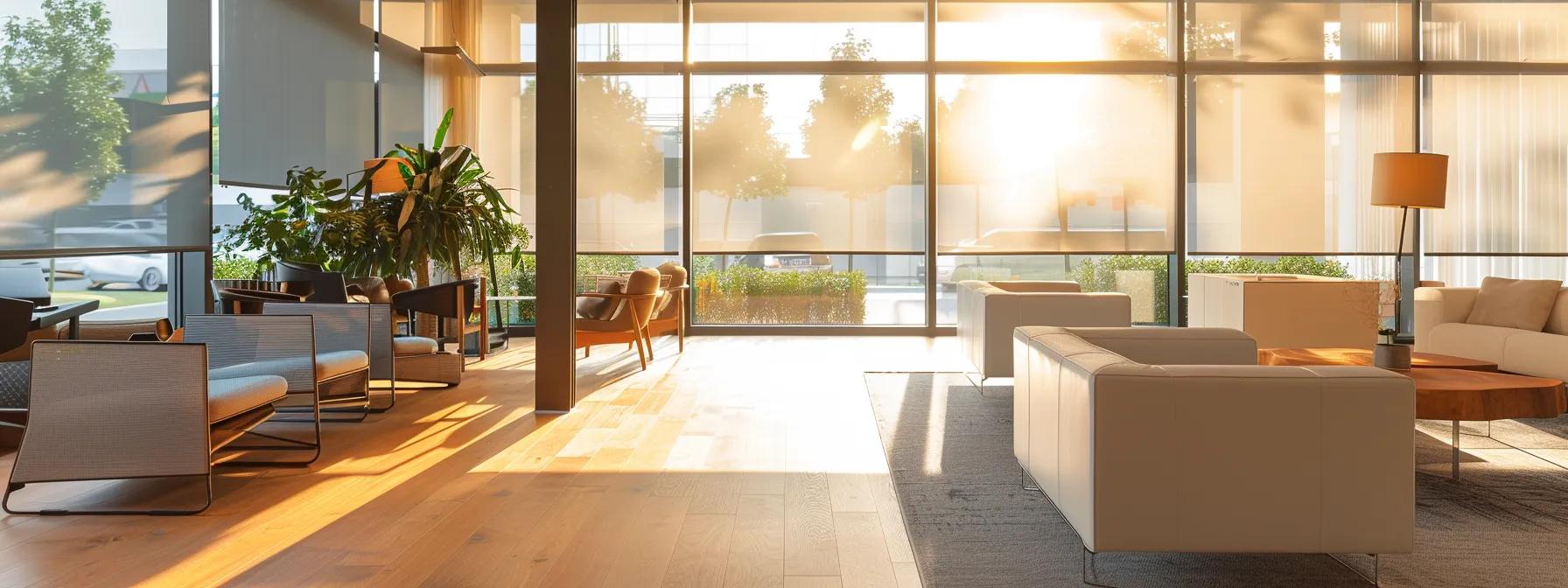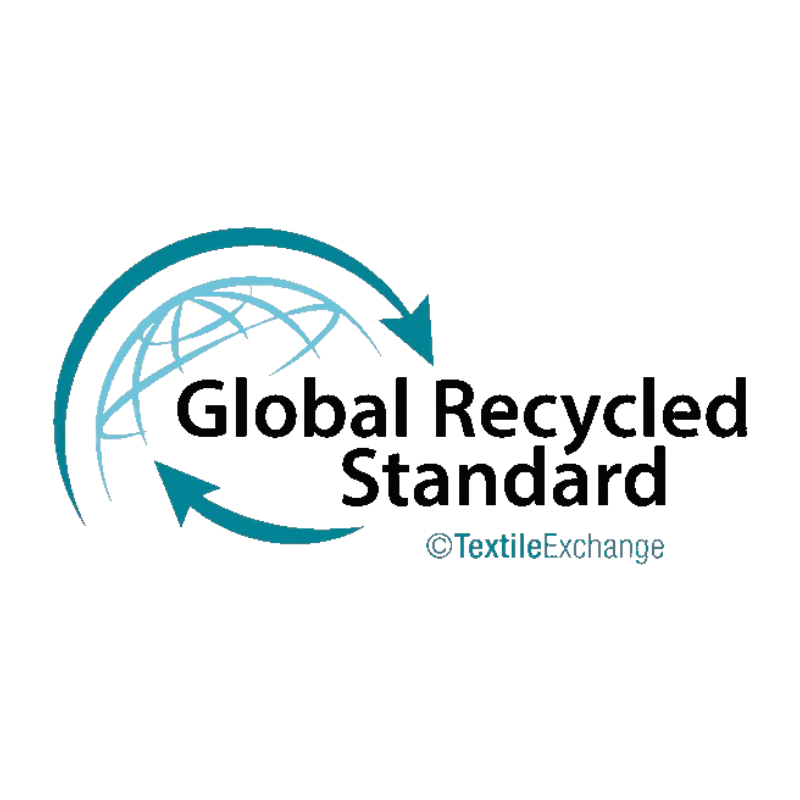Keep Summer Heat Out: Window Coverings for Energy Savings
Best Window Treatments for Energy Efficiency in 2025: How to Save Energy and Reduce Costs
In today's rapidly evolving world of home design and energy conservation, selecting the right window treatments can significantly influence energy consumption and indoor comfort. Homeowners seek options that enhance interior design while lowering utility costs and reducing heat transfer. This article highlights the top energy-efficient window treatments poised to lead the market in 2025. It discusses insulation, material durability, smart technologies, and sustainable manufacturing techniques essential for optimal solar gain savings.
What Are the Top Energy-Efficient Window Treatments in 2025?
Energy-efficient window treatments are engineered to minimize heat transfer, enhancing a home's insulation. In 2025, innovations include products made with advanced materials and smart controls. These treatments offer high-performance insulation, glare reduction, and environmental sustainability. Popular choices include specialized blinds, thermal curtains, and smart coverings that adjust automatically with ambient conditions.
Which Energy-Efficient Blinds Offer the Best Insulation?
Modern energy-efficient blinds use reflective films, honeycomb structures, and multi-layer composites to trap air and reduce convective heat loss—lowering heat transfer by up to 30% compared to traditional coverings. With adjustable slats and low-emissivity (low-E) coatings, these blinds effectively manage interior light and warmth in both winter and summer, contributing to lower energy bills and enhanced indoor comfort.
How Do Thermal Curtains Improve Home Energy Savings?
Deconovo’s Total Blackout Custom Curtains are designed with foam-coated backings, layered weaves, and precision custom sizing — offering enhanced insulation, reduced heat transfer, and total light blockage. These curtains are ideal for year-round thermal efficiency, blocking out sunlight in summer and preventing heat loss in winter.
Available Sizes:
- Widths: 20"–100"+
- Lengths: 40"–118"
- Custom-fit for exact window dimensionsthe Advantages of Smart Window Coverings for Energy Efficiency?
Smart window coverings advance energy efficiency through sensors, automation, and connectivity. These systems adjust automatically based on external conditions, reducing energy consumption by closing during peak sunlight and opening during cooler periods. Integration with home automation platforms allows remote control and precise adjustment, while data from smart sensors helps optimize heating and cooling schedules for maximum savings.
How Do Different Window Treatment Materials Impact Energy Efficiency?

Materials play a critical role in the thermal performance and durability of window treatments. Consumers now prioritize eco-friendly and cost-effective solutions that also offer robust insulation. Common materials include fabric, vinyl, wood, and aluminum—each with unique benefits and limitations suited to various climates and design needs.
What Are the Best Eco-Friendly and Sustainable Materials for Window Coverings?
Eco-friendly window treatments are crafted from renewable or recycled materials such as organic cotton, recycled polyester, and bamboo. These options provide excellent insulation while maintaining a low carbon footprint. Advances in manufacturing now offer eco-friendly dyes and finishes, making sustainable materials increasingly popular among energy-conscious homeowners.
How Do Fabric, Vinyl, Wood, and Aluminum Compare in Insulation and Durability?
Heavy draperies made of fabric excel in insulation but may require more upkeep. Vinyl and synthetic options offer strong insulation with minimal maintenance, though they might lack natural aesthetics. Wood provides a traditional look with good heat retention but can be sensitive to moisture and more expensive. Aluminum window treatments paired with thermal breaks ensure durability and modern style, provided they are treated with appropriate coatings to enhance energy efficiency.
How Can Window Treatments Maximize Energy Savings Year-Round?
Effective window treatments must adapt to both summer and winter conditions. Modern solutions are designed to reduce summer heat gain and prevent winter heat loss, ensuring efficient energy conservation throughout the year. When combined with smart home technology and proper installation, these treatments optimize seasonal performance and reduce reliance on heating and cooling systems.
What Window Treatments Work Best for Summer Heat Reduction?
For summer, treatments that block or reflect sunlight are essential. Thermal curtains with reflective layers and cellular shades with honeycomb structures not only reduce interior temperatures but also minimize glare. Light-colored blinds further enhance savings by reflecting more solar gain . When used alongside low-E glass or window films, these options significantly lower cooling costs during hot months.
Are Zebra Blinds Good for Insulation?
Zebra blinds offer dual-layer light filtering, which is excellent for light control but limited in insulation. Unlike total blackout curtains, zebra blinds do not provide a thermal foam layer or dense fabric to trap air and block drafts.
Which Options Are Most Effective for Winter Insulation?
In winter, heavy insulated draperies and cellular shades work best to limit cold drafts and retain warm air. Some treatments feature thermal linings that add an extra 20–30% in insulation efficiency. Creating a barrier that traps a layer of warm air helps maintain comfortable indoor temperatures even on frosty days, while adjustable opacity allows optimal solar heat gain when conditions allow.
How Does Light Control Affect Energy Efficiency?
Managing natural light is key to energy savings. By controlling the volume and angle of sunlight entering a room, smart blinds and adjustable curtains reduce the need for additional lighting and stabilize indoor temperatures. This control minimizes solar gain in summer and loss in winter, thus reducing demand on heating, ventilation, and air conditioning systems while ensuring a pleasant ambient light balance.
What Should Homeowners Consider When Choosing Energy-Efficient Window Treatments?

Before purchasing window treatments, homeowners should consider installation methods, customization possibilities, and energy performance guarantees. Critical factors include precise measurements, local climate conditions, and compatibility with home automation systems. Additionally, ease of maintenance, durability, and warranty details are essential to ensure both aesthetic and functional performance.
How Does Professional Installation Enhance Energy Savings?
Professional installation ensures that window treatments fit perfectly, eliminating gaps that may permit drafts and reduce insulation efficiency. Skilled installers offer expert advice on mounting techniques and proper overlap to maximize energy savings. This precision not only enhances the overall performance but also ensures that even premium treatments deliver the expected heat transfer reductions.
What Customization Options Improve Both Style and Efficiency?
Modern window treatments offer customization in fabric choices, sizing, and opacity levels. Options like pairing adjustable pleated shades with insulating drapes allow homeowners to tailor their window coverings to both complement interior design and meet energy efficiency standards. These flexible setups adapt easily to varying environmental conditions without sacrificing style.
How Do Energy Savings Guarantees Influence Purchase Decisions?
Energy savings guarantees provide consumers with confidence in their investment. Products that come with verified energy ratings and trial periods reduce financial risk and affirm performance claims. Transparent documentation and independent certifications further assist buyers in choosing high-quality window treatments that reliably lower energy bills.
Which Brands and Products Lead the Market in Energy-Efficient Window Treatments?
Leading brands like Hunter Douglas and Graber have built strong reputations by consistently introducing innovative, energy-efficient designs. Their products combine advanced materials, smart functionalities, and customizable options to ensure superior thermal performance and visual appeal. Independent energy ratings and positive customer reviews reinforce the credibility of these market leaders.
What Are the Features of Leading Brands Like Hunter Douglas and Graber?
Products from renowned brands typically feature energy-efficient fabrics, low-E coatings, and multi-layer insulation. Continuous investments in research and development help improve attributes such as light control, noise reduction, and ease of use. Customization remains a key strength, with designs tailored to meet the unique demands of modern, energy-conscious homes.
How Do Product Reviews Reflect Thermal Curtains and Energy-Efficient Shades Performance?
Customer reviews consistently highlight significant improvements in indoor temperature regulation and reduced demands on air conditioning. Performance metrics, such as a 20–30% reduction in heat loss, are frequently noted in reviews. These testimonials, along with third-party audits, validate the reliability, ease of installation, and durability of thermal curtains and blackout shades.
How Do Energy-Efficient Window Treatments Contribute to Sustainability Goals?

Beyond individual energy savings, energy-efficient window treatments help reduce overall carbon emissions by lessening the demand on heating and cooling systems. The use of recycled and eco-friendly materials further contributes to a lower environmental footprint. Broad adoption of such treatments can lead to significant reductions in greenhouse gas emissions over time, supporting global sustainability initiatives.
What Role Do Sustainable Manufacturing Processes Play?
Many manufacturers now employ recycled materials, low-emission production techniques, and energy-saving practices. These sustainable processes not only reduce the carbon footprint during production but also ensure that the final products meet strict environmental standards. Certification from third-party organizations adds an extra layer of assurance for eco-conscious consumers.
How Do Energy-Efficient Window Coverings Reduce Carbon Footprint?
By substantially lowering the energy required for heating and cooling, energy-efficient window coverings help reduce greenhouse gas emissions. Improved insulation allows HVAC systems to operate more efficiently, translating to fewer emissions from power plants. Even modest improvements across many households can collectively result in significant environmental benefits.
What Are the Latest Trends in Energy-Efficient Window Treatments for 2025?
The market is evolving with trends centered on smart technologies, advanced materials, and sustainable design. In 2025, new products are expected to integrate seamlessly with smart home systems, offering enhanced connectivity and adaptive features that further optimize energy savings, aesthetics, and comfort.
How Is Smart Home Integration Changing Window Treatment Efficiency?
Smart home integration allows blackout treatments to adjust in real time based on external conditions. Sensors and automated controls optimize shade positioning, linking directly with home heating and cooling systems. This connectivity not only improves energy efficiency but also enhances user convenience through smartphone and voice control.
What New Technologies Are Emerging in Thermal and Insulating Window Coverings?
Innovations such as nano-technology-infused fabrics and electrochromic materials are emerging to offer superior insulation and durability. These advancements enable window coverings to adjust transparency and reflectivity based on ambient conditions. Additionally, the integration of solar-powered motors and other renewable energy solutions marks a significant step toward more sustainable and cost-effective window treatments.
Frequently Asked Questions
Q: What makes energy-efficient window treatments advantageous over traditional options? A: They reduce heat loss, minimize solar gain, and lower energy bills through advanced insulation and smart controls.
Q: How do thermal curtains perform compared to regular curtains? A: Thermal curtains offer extra insulation with reflective coatings, improving energy efficiency by up to 25%.
Q: Can smart window coverings be integrated with existing home automation systems? A: Yes, smart blackout coverings are designed for seamless integration with most major home automation platforms.
Q: Are eco-friendly materials for window treatments as durable as conventional ones? A: Many eco-friendly options offer comparable or superior insulation and durability while also reducing environmental impact.
Q: How significant is the impact of professional installation on energy savings? A: Professional installation ensures proper fit and eliminates drafts, greatly enhancing overall energy efficiency and reducing heat transfer.
Q: What is the difference between thermal and blackout curtains?
A: Thermal curtains focus on insulation, while blackout curtains emphasize light blockage. Deconovo’s total blackout custom curtains combine both functions — using layered fabric and foam backing to insulate and darken the room.
Q: What rod should i use for total blackout curtains? A: When it comes to selecting the perfect rod for your total blackout curtains, there are several factors to consider that balance style, quality, and affordability. For a sleek, modern look, you might want to opt for a sturdy aluminum or metal rod, which not only provides excellent support for heavy blackout fabrics but also adds an elegant touch to your décor. A double curtain rod can be a great choice if you want the option to layer your curtains, allowing you to combine blackout layers with sheer panels for versatility in light control and aesthetics. Make sure the rod is at least one to two inches wider than your window frame; this ensures that your curtains can fully cover the space and provide maximum light blockage when drawn.
Final Thoughts
Energy-efficient window treatments lie at the intersection of interior design and sustainability. By combining innovative materials, smart technology, and eco-friendly processes, these treatments help reduce energy consumption and lower utility bills. With careful attention to material choices, installation, and customization, homeowners can achieve both stunning aesthetics and significant energy savings. As trends continue to evolve, energy-efficient window coverings will increasingly shape eco-friendly, comfortable living spaces.




























